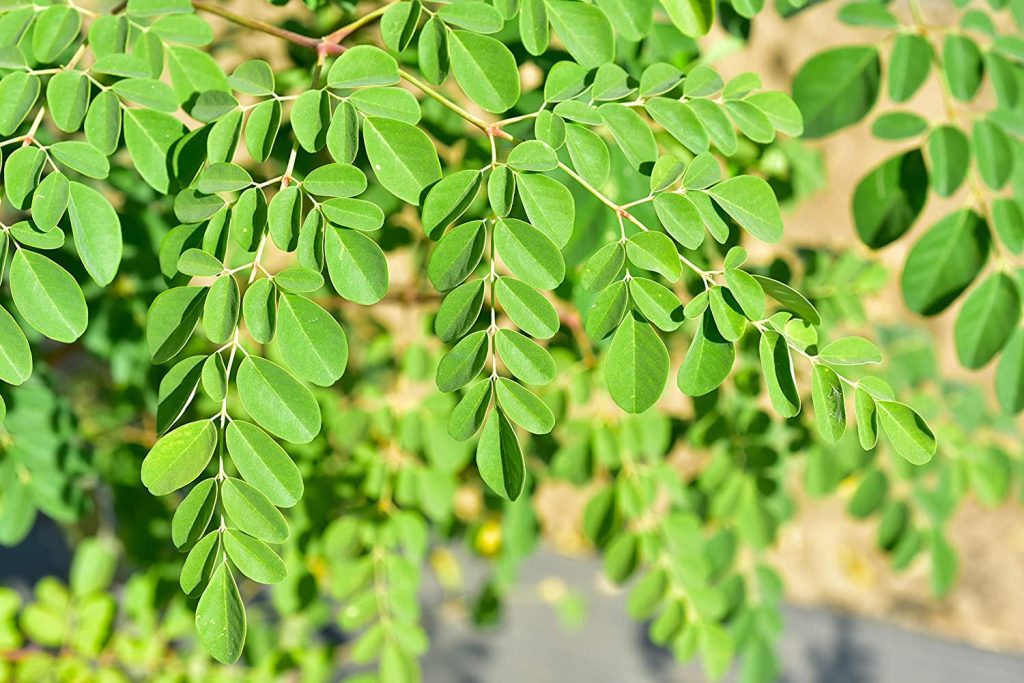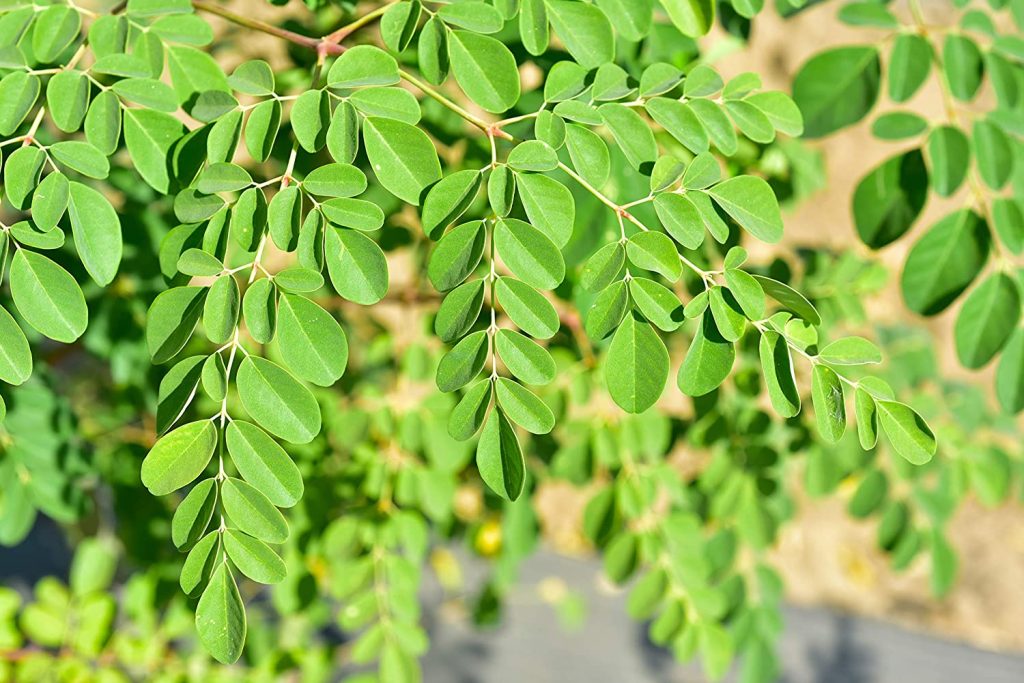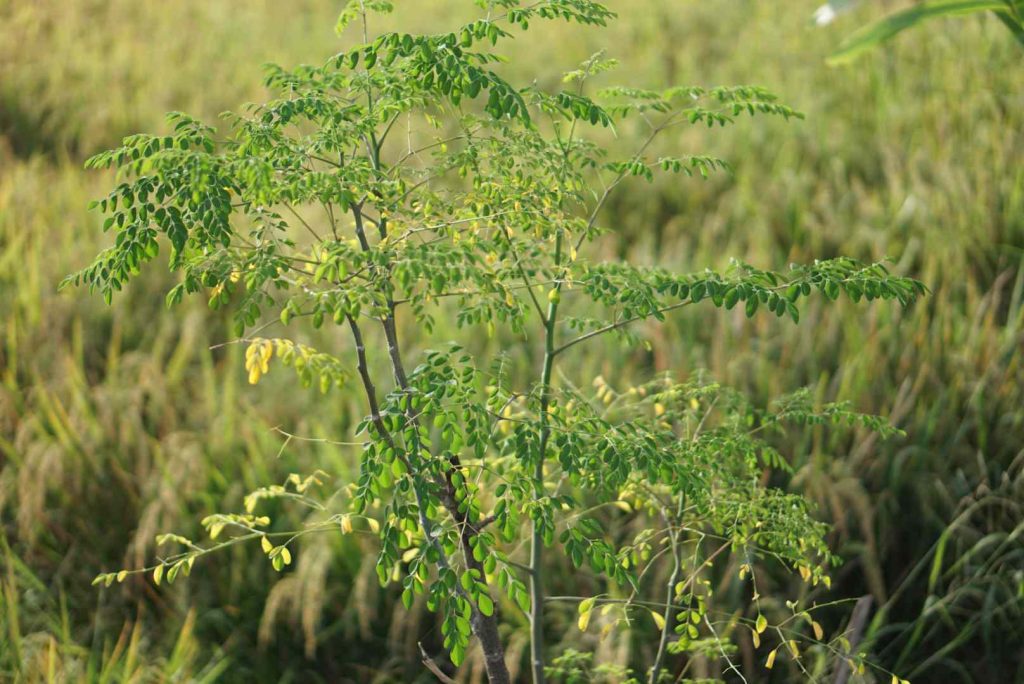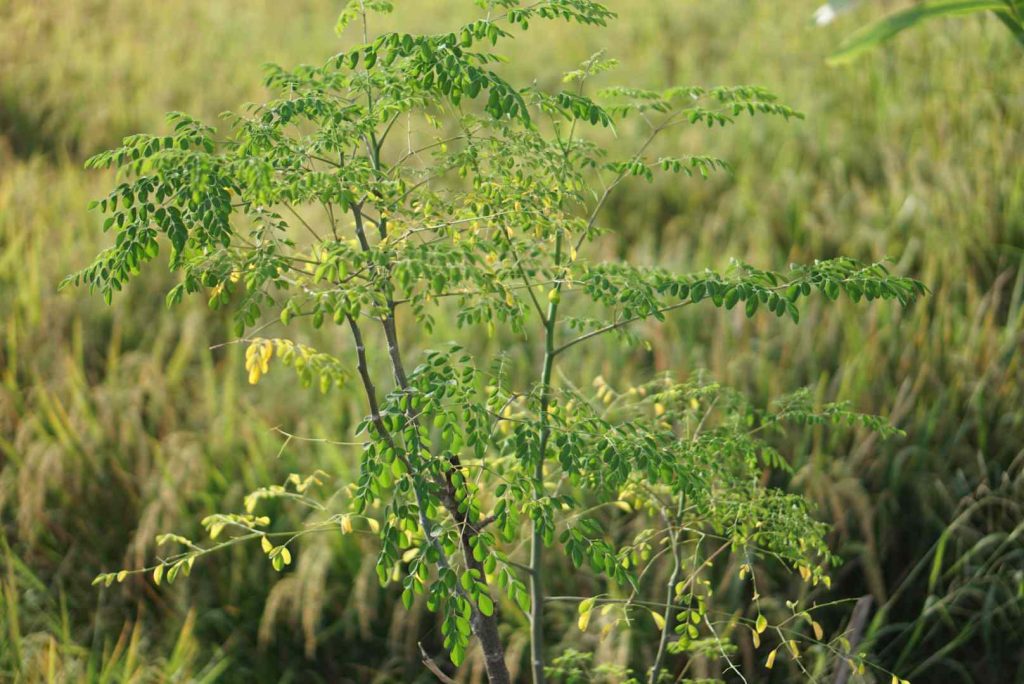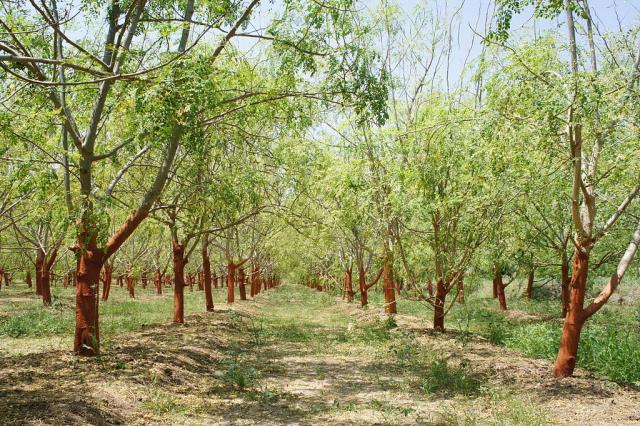Summary
This project aims to economically empower Maasai women while promoting environmental sustainability through the cultivation of Moringa trees (Moringa oleifera). By integrating traditional knowledge with modern agricultural practices, the project will establish a sustainable Moringa cultivation program, producing seeds, leaves, and flowers for various economic uses. Additionally, the project will leverage the carbon sequestration potential of Moringa trees to combat climate change, enhancing the ecosystem in the Empuyankat region.

